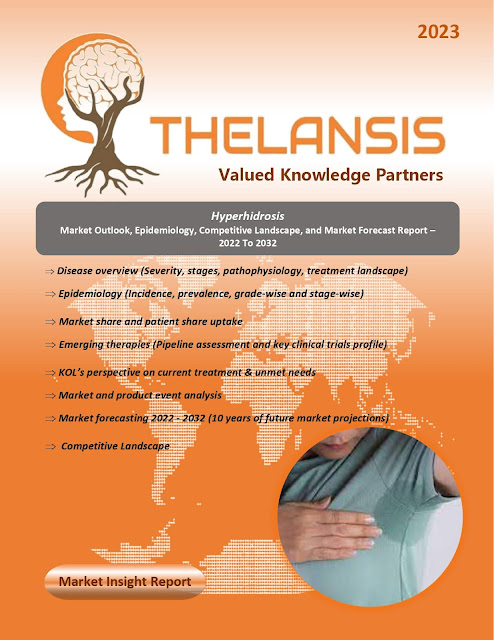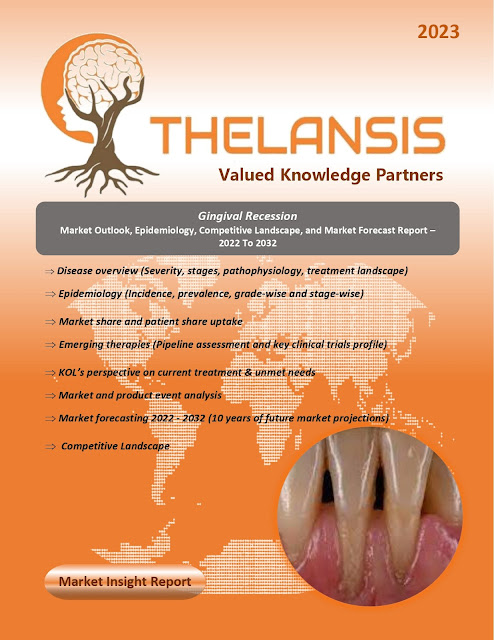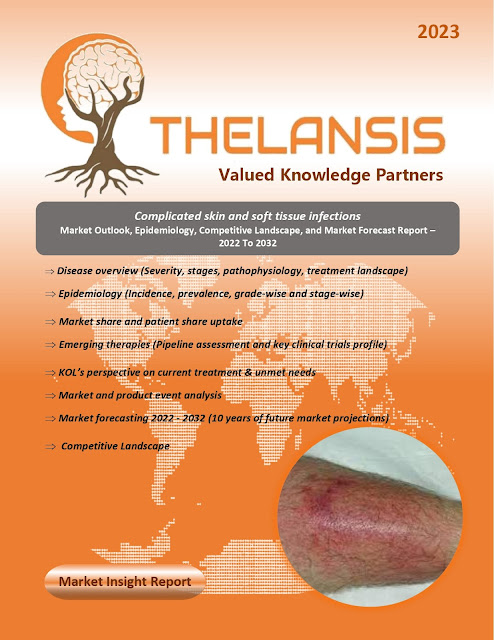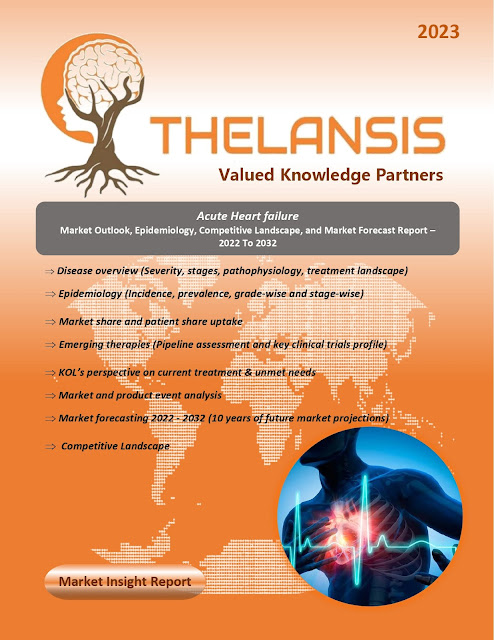Relapsed or Refractory Myelodysplastic Syndromes (R/R MDS) – Market Outlook, Epidemiology, Competitive Landscape, and Market Forecast Report – 2022 To 2032
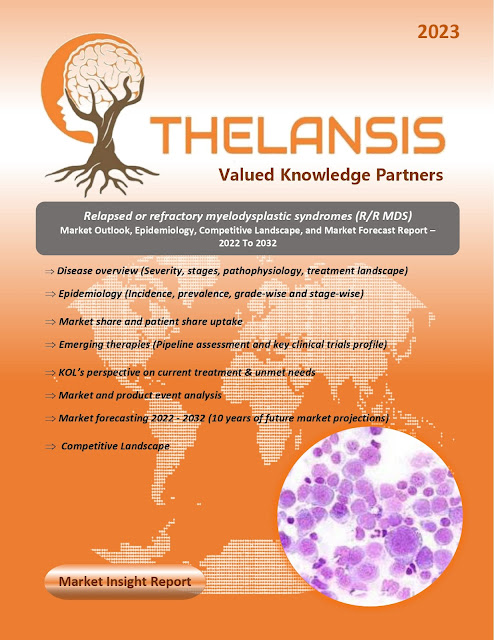
Myelodysplastic syndromes (MDS) are characterized by ineffective hematopoiesis leading to reduced blood cell production and clonal instability, which carries a potential risk of progressing to acute myeloid leukemia (AML). Individuals affected by MDS experience a significant burden of symptoms and are also susceptible to mortality due to complications arising from reduced blood cell counts and the development of AML. The etiology of MDS is currently understood in only 15% of cases. Inherited susceptibility to MDS is observed in approximately one-third of pediatric MDS cases, encompassing conditions such as Down syndrome, Fanconi anemia, and neurofibromatosis. While less common in adults, an inherited predisposition should be considered when MDS arises in young adults or families with a history of MDS, AML, or aplastic anemia. Familial instances of MDS have been associated with point mutations in various genes, including DDX41, GATA2, RUNX1, ANKRD26, ETV6, and genes related to the ...
